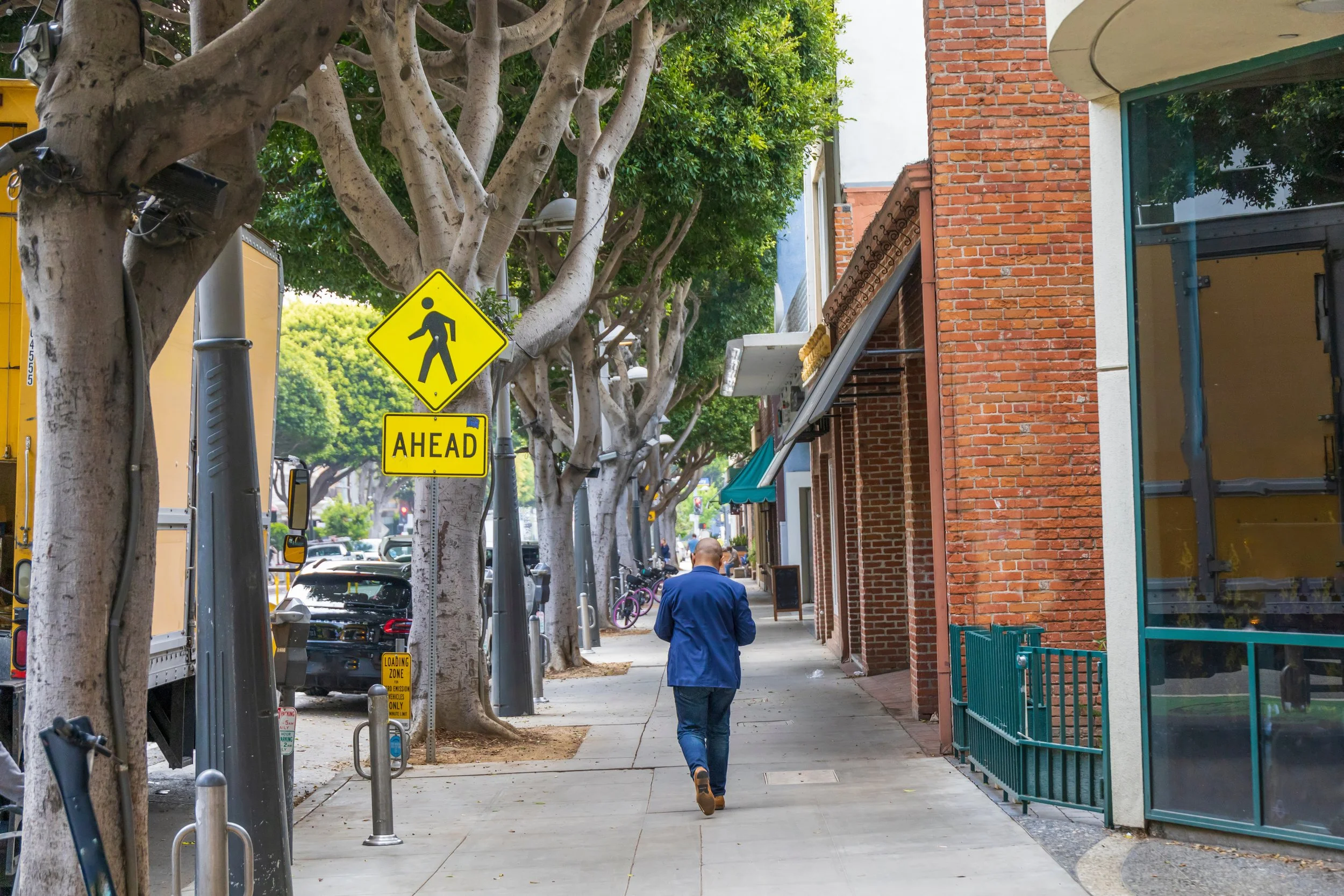Given that it's the 33rd anniversary of the Americans iwth Disability Act, it might be a good time to consider the state of our sidewalks.
Sidewalks are popular community connectors, but without small blocks, they won’t get used. Thirty years ago, nobody was talking about blocks and there are still few subdivision or zoning ordinances that regulate in support of small blocks. The table below however, (courtesy of David Green - architect and urbanist) shows an interesting analysis by the late Doug Allen at Georgia Tech. More regulation ironically gave rise to less consistency. The analysis also shows the growth in block size before and after the adoption of subdivision regulations and implementation of urban renewal. They expanded due to car-oriented subdivision regulations and capital investments.
Notably, subdivision literally means, "a tract of land surveyed and divided into lots for purposes of sale" according to Merriam-Webster. Merriam-Webster doesn't even provide a definition of block relative to the city. The Cambridge Dictionary, however, does define the city block as, “the distance along a street from where one road crosses it to the place where the next road crosses it, or one part of a street like this, especially in a town or city." Sadly, the nine experts in this article on why accessible sidewalks are the best infrastructure investment communities can make, do not even mention block size. Can any one of us recall a place where we’ve enjoyed walking that doesn’t have a network of small blocks?
An important companion to Doug Allen's analysis is the work of Norman Garrick and Wesley Marshall. Large blocks are more dangerous than the walkable, tight-knit, block networks of historic cities. See their 2010 study, here.
For more recent work by Marshall, check out his "Research Gallery" on his website here.
In short, promoting more investments in building and repairing sidewalks and multi-modal streets in general to be more inclusive and provide more modal choice is necessary but not sufficient to enable use to their full potential. Truly sustainable, equitable cities that work well for everyone are built on small blocks.


